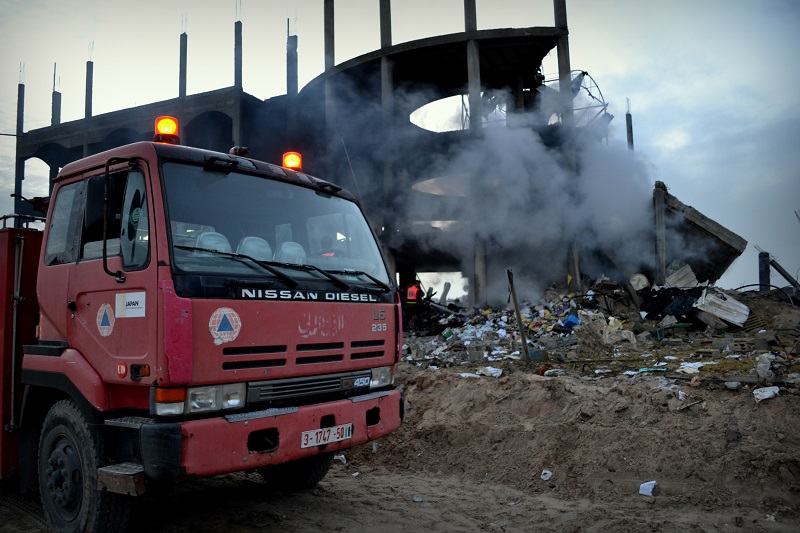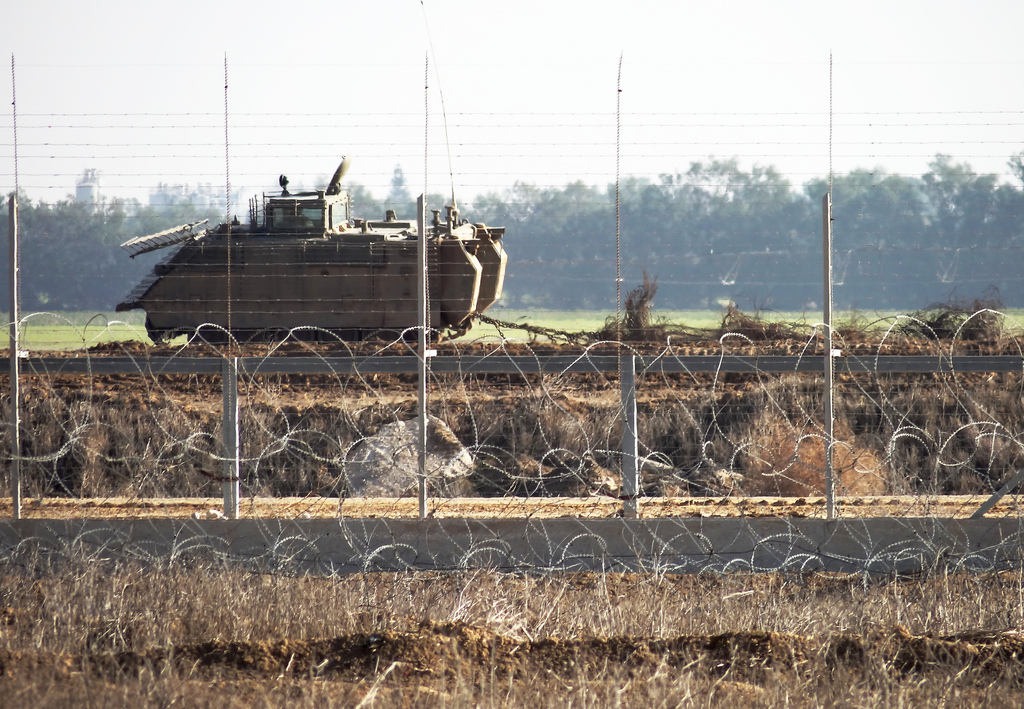Tag: Jabaliya
-
Israeli gunfire and tear gas injure five Palestinians at a protest north of Gaza
10th February 2014 | International Solidarity Movement, Rosa Schiano | Gaza, Occupied Palestine On Friday, 7th February, hundreds of Palestinian youth joined a weekly demonstration of popular resistance along the separation barrier east of Jabaliya, in the northern Gaza Strip. Aware of attacks by the Israeli army, many were equipped with onions, water and yeast to relieve…



